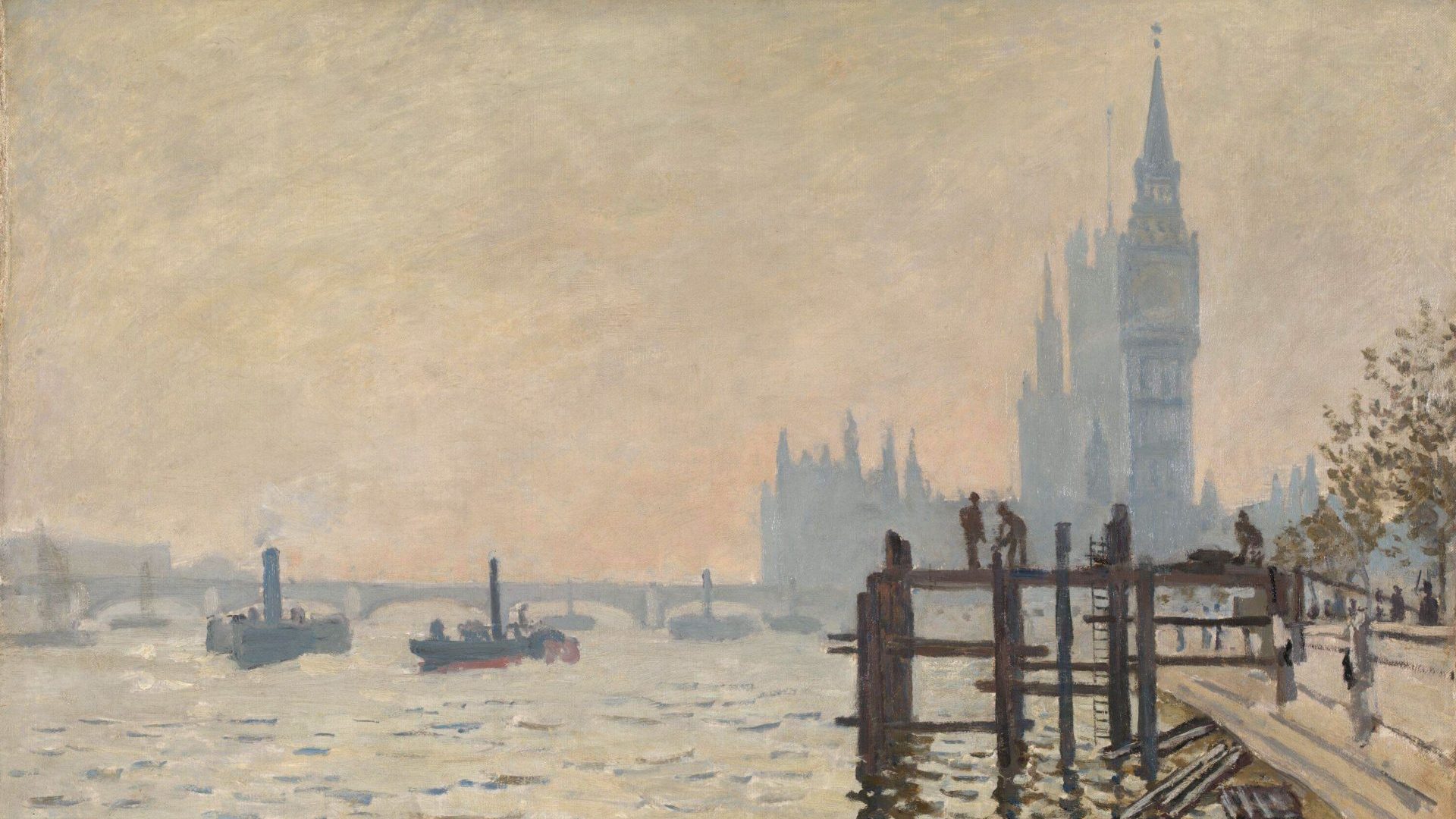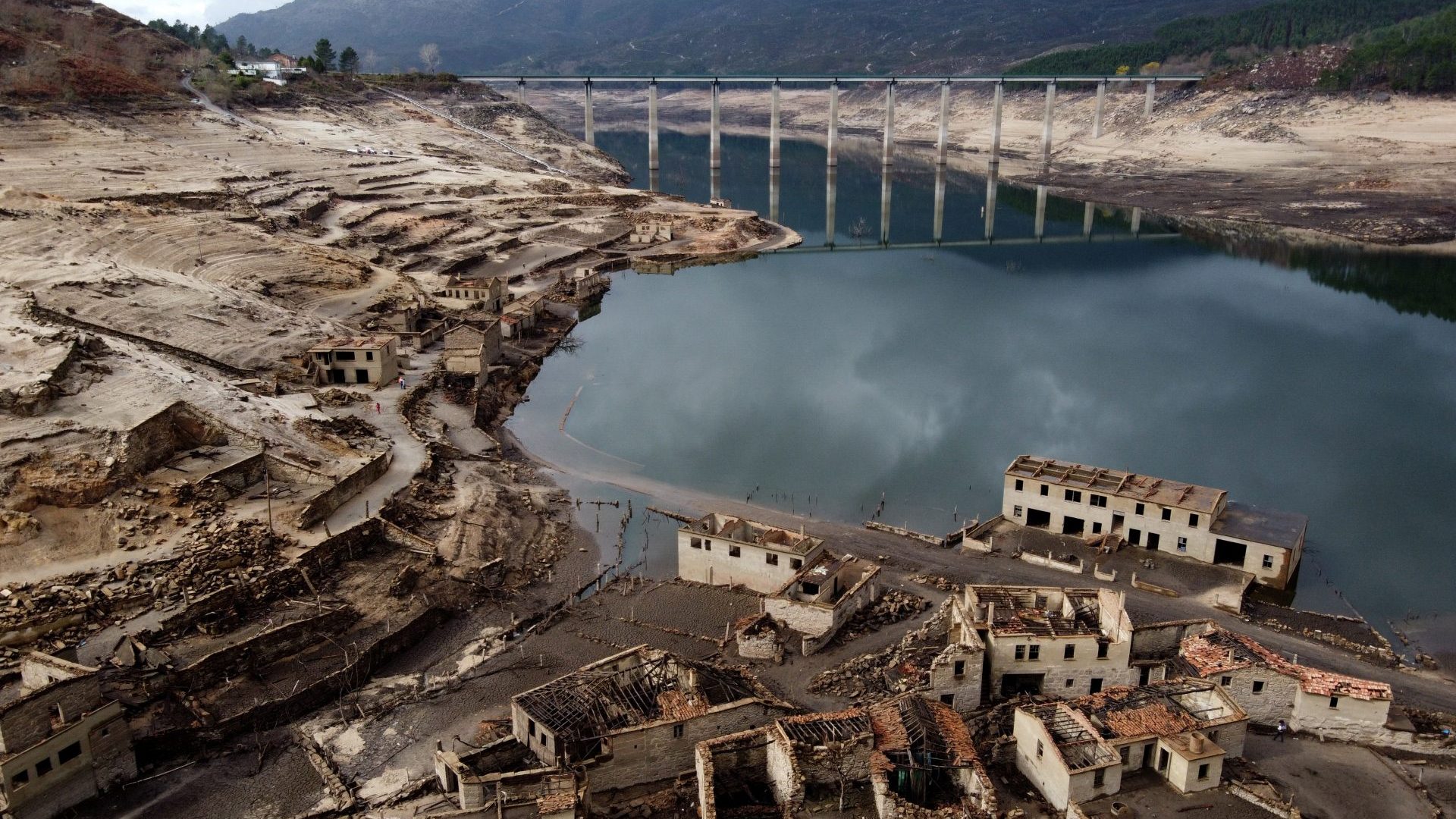Last weekend I found myself in Devon, close to the mouth of the River Dart, where I watched water ease by me that had sprung from the earth around 75km away across Dartmoor in two separate locations. The East Dart and the West Dart come together at the imaginatively named Dartmeet before flowing past Buckfastleigh Abbey and on through Dartington and Totnes before passing Agatha Christie’s holiday home, Greenway, from where I watched it pass on its way to Dartmouth and then out into the English Channel.
There is something calming and reassuring about the presence of a river in a landscape, rural or urban. A river passing through the countryside adds focus, movement and sound to the scene while in a city the river often provides a quiet stillness at the centre, passing gently and quietly through the rush and hubbub, often all but unnoticed.
Wherever they flow, our rivers help to bring the land to life, having carved their routes to the sea over millennia and influenced every aspect of the planet and its inhabitants while doing so.
Considering their exalted place at the heart of our existence, it is galling to consider the appalling state of our rivers today as we emerge from 14 years of Conservative rule. Our waterways have become channels of effluent flowing to the sea, surrounding our islands with a revolting brown bulwark of pollution.
The amount of raw sewage poured into our rivers and seas doubled during 2023, with 3.6 million hours of spills recorded compared to 1.75 million the previous year. According to Surfers Against Sewage, 75% of Britain’s rivers pose a danger to health largely as a result of the 584,000 recorded discharges of raw sewage into UK waterways last year alone.
This appalling desecration betrays a startling ambivalence to our natural world among the leaders charged with preserving it and caring for it. Bolstering our natural border with effluent is an allegory for the past 14 years that is too on the nose to be really effective, but as I watched the Dart flow past me that warm autumnal afternoon last week it was hard to imagine why anyone could in all good conscience sanction its ruin for the sake of a few extra quid in the back pockets of people who neither need it nor deserve it.
I thought about how the river passing in front of me has flowed this way for centuries, and will continue to do so for many more to come. I thought about the stories it had seen as it carried fresh water from the bleakness of Dartmoor to mix with the seawater of the Channel.
Rivers have always been conduits of stories, real and imagined, and inspired some of the finest poetry and prose from some of our greatest writers. James Joyce’s Finnegans Wake, for example, opens apparently mid-sentence, in the way rivers burst forth from their source, with “riverrun, past Eve and Adam’s, from swerve of shore to bend of bay, brings us by a commodious vicius of recirculation back to Howth Castle and Environs” and finishes with the same line, as if the entire narrative is an endless cycle. The character of Anna Livia Plurabelle is an allegory for the River Liffey that flows through the heart of Dublin: when her life story is recounted by two washerwomen the passage contains the names of 1,000 rivers.
Joseph Conrad’s Heart of Darkness opens with a vivid account of the yawl Nellie sailing from the Thames to the sea, including the beautiful description of how “a change came over the waters and the serenity became less brilliant but more profound. The old river in its broad reach rested unruffled at the decline of day, after ages of good service done to the race that peopled its banks, spread out in the tranquil dignity of a waterway leading to the uttermost ends of the earth”.
The Thames in particular has been an inspiration to authors and poets. Penelope Fitzgerald’s Booker Prize-winning 1979 novel Offshore is arguably the finest fictional portrayal of London’s river, eavesdropping on the eccentric human flotsam living on mouldering houseboats at Battersea Reach during the 1960s.
Fitzgerald herself had lived on the Thames in a decrepit boat that eventually sank along with most of her and her husband’s possessions, adding wistful authenticity to her words. There is an innate wit to Offshore which reaches back to that classic piece of Thames-borne fiction, Jerome K Jerome’s Three Men in a Boat.
For me the best, or certainly most lyrical non-fiction work set on the Thames is Robert Gibbings’ Sweet Thames Run Softly, a beautiful book published at an opportune moment. Gibbings was a wood engraver by trade, from Kinsale in County Cork. A founder member of the Society of Wood Engravers, Gibbings fell into travel writing as a result of his work illustrating books by other people. Although he travelled widely, to the south Pacific in particular, arguably his best writing appears in the small series of books he wrote that explored rivers closer to home.
Sweet Thames Run Softly saw Gibbings set out on foot from the Cotswolds source of the Thames and pick up a flat-bottomed boat he had built himself at Lechlade. From there he allowed himself to drift downriver composing exquisite musings on nature, life and the world he observed from his watery vantage point, producing lyrical mini-essays on everything from churches to oyster shells. He made the journey in 1939 and the book was published in October 1940, just when the Thames was far from running softly thanks to the Luftwaffe’s relentless aerial bombardment of the London docks and their surrounds.
Sweet Thames Run Softly was an instant bestseller that produced two further volumes, Coming Down the Wye and Lovely is the Lee, before the war was over, then in 1953 he crossed the Channel to write Coming Down the Seine.
The closest modern equivalent to Sweet Thames Run Softly is Olivia Laing’s 2011 To The Sea: A Journey Beneath the Surface in which she walks the River Ouse in Sussex from source to sea. The Ouse is the waterway in which Virginia Woolf drowned herself and Woolf’s presence infuses the book, but Laing’s musing and philosophising create a perfect example of the place rivers hold in our lives, yet for much of the time we keep our backs to them, allowing the door to open to polluters.
Perhaps the most vivid reminders of what is being destroyed by the pollution of our rivers are to be found in poetry. The title of Gibbings’ Thames meander is taken from Edmund Spenser’s 1596 poem Prothalamion, “Sweet Themmes! runne softly, till I end my Song” (also quoted in TS Eliot’s The Waste Land), and watching the sun’s shards sparkling on the surface of the Dart called to mind Kathleen Raine’s poem The River, a meditation on life and time through a glass bottle thrown into a crystal-clear waterway:
Into the stream I flung
A bottle of clear glass
That twirled and tossed and spun
In the water’s race
Flashing the morning sun.
Down that swift river
I saw it borne away,
My empty crystal form,
Exultant saw it caught
Into the current’s spin,
The flashing water’s run.
Which brings me to the greatest piece of writing about the Dart, and probably the greatest piece of writing about any British waterway: Alice Oswald’s 2002 book-length poem called simply Dart.
Inspired in part by Ted Hughes’ 1983 sequence of poems, River, Dart won the TS Eliot prize and is still regarded as one of the finest works by a British poet this side of the millennium.
Dart is a story narrated by the river itself in a manner Oswald describes as a “sound-map of the river, a songline from the source to the sea”. The poet lives a few minutes’ walk from the Dart and spent three years haunting the river, talking to and interviewing people who lived, worked and played near, by and on it.
This produced mixed results, it seems, when she revealed she was a poet. The monks at Buckfastleigh Abbey wanted nothing to do with her when they found this out, while the previously helpful South West Water went quiet after they saw her on television reciting poetry under a tree.
Despite these setbacks, the conversations she did have helped to produce a vivid portrait of a river that resonates even with readers who have never been anywhere near Devon.
The river’s narration even sounds like the tumbling and rushing of a waterway in phrases such as “this jabber of pidgin-river/drilling these rhythmic cells and trails of scales,/will you translate for me blunt blink glint”. This liquid feel Oswald gives to the language has the reader convinced they are listening to a river turning sounds into words in a way that is simply beautiful.
Add in the odd piece of Devon dialect – “bivvering”, “slammicking” – and this is a meticulously constructed piece of landscape writing that manages to be place-specific and somehow universal, encountering schoolchildren, dairy workers, fishermen and tin miners, voices from history as well as the present, because Oswald knows that our rivers serve as repositories for our stories, “a whole millennium going by in a wave” as she puts it.
The most striking passage rereading Dart today is when the river passes a sewage works and eavesdrops on a man working there.
“It’s a rush, a sploosh of sewage, twenty thousand cubic metres being pumped in, stirred and settled out and wasted off, looped back, macerated, digested, clarified and returned to the river,” the Dart tells us.
“I’m used to the idea,” the sewage worker says. “I fork the screenings out – a stink-mass of loopaper and whathaveyou, rags, cottonbuds, you name it. I measure the intake through a flume and if there’s too much, I waste it off down the stormflow, it’s not my problem.”
Almost a quarter of a century ago, in one of the first works of what was then the fledgling modern nature writing movement destined to become one of the publishing phenomena of the 21st century, Alice Oswald captures perfectly the attitude and situation that has led us to this revolting present of polluted waterways. The verse is beautiful, the reality is not.




